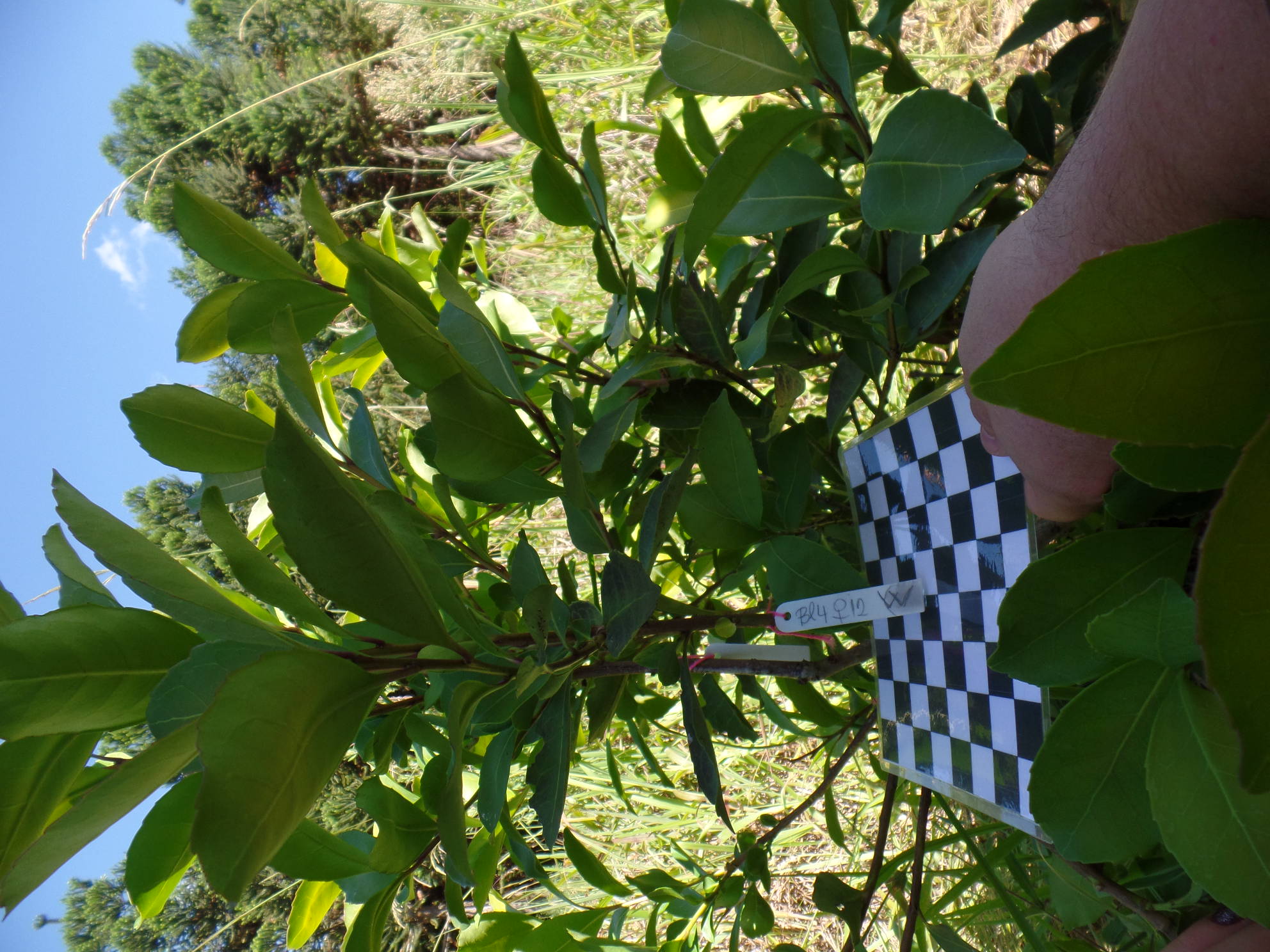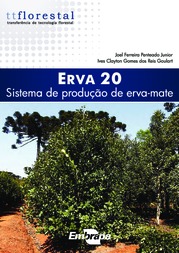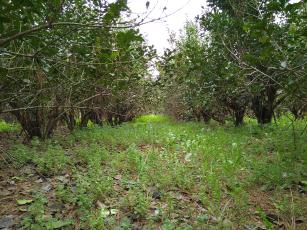Pioneering study on yerba-mate varieties analyzes behavior in different cultivation conditions
Pioneering study on yerba-mate varieties analyzes behavior in different cultivation conditions
Embrapa has carried out a series of studies in order to select yerba-mate cultivars that are able to adapt to different cultivation conditions. Recently, an innovative research project conducted by Embrapa scientists selected four yerba-mate clones, two of them masculine and the other two feminine, cultivated both in monoculture and agroforestry systems, in an experimental area of the Federal University of Santa Catarina (UFSC), in the municipality of Curitibanos, in Santa Catarina state, Brazil.
The objective of this pioneering study was to evaluate if yerba-mate female plants present superior photosynthesis rates, both in monoculture and agroforestry systems, compared with male plants. This would happen because female plants probably invest a larger quantity of photoassimilates in biomass production. Photoassimilates are compounds resulting from photosynthesis.
The results revealed notable differences in the structure of the plants, especially the female clones, which present a smaller specific leaf area and longer internodes than the male plants when cultivated in monoculture system. Internodes are the spaces between two nodes where the leaves are placed, for instance.
Data demonstrated that the tested female clones have superior photosynthesis rates only when cultivated under agroforestry system, in which they could allocate more nitrogen in the leaves and a greater quantity of water in their branches and leaves compared with the ones cultivated under monoculture system.
However, under monoculture system, the four studied clones showed higher photosynthesis rates, as well as higher investments to produce biomass compared with the ones cultivated in the agroforestry system.
The researcher Miroslava Rakocevic explained that they evaluated diverse variables, including photosynthesis rates, canopy architecture, leaves and branches biomass, and allocation of carbon and nitrogen in different parts of the plants. Morphological parameters were collected and used to modeling the architecture of the aerial part of the plants, whereas data on photosynthesis and irradiance were used to modeling the photosynthesis rates of the yerba-mate during the day.
An interesting finding was that the larger sizes of internodes in female plants may be an adaptation to better accommodate fruit development, while the smaller specific leaf area could be an adaptation strategy to deal with the high irradiance rates in monoculture system. In agroforestry system, plant architecture differences were observed among all clones, regardless of the sex of the plants.
Rakocevic highlighted that, in general, notable differences were detected in the number of internodes, leaves, specific leaf area, and leaf angle among all clones, regardless of the sex of the plants.
In addition, the research revealed that the leaf and branch biomass is significantly higher in monoculture system, no matter if they are male or female clones. It was also observed that the branches and leaves of yerba-mate retain a substantially higher amount of water in the agroforestry system.
The female clone leaves presented a lower carbon/nitrogen ratio in both crop systems; however, in the agroforestry system, this trait was essential to explain the higher photosynthesis rates per leaf area observed in female plants. Both light response curves and daily modeling of photosynthesis indicate differences among the clones, but not related to the sex of the plants in the monoculture system.
According to Eunice Reis, a researcher at Embrapa Environment: “in the agroforestry system, female clones presented higher photosynthesis rates than the male clones did”.
On the other hand, in the monoculture system, the plants presented a significantly higher net photosynthesis rate than the one of the agroforestry system, due to the high irradiance and to the structural differences among the plants, regardless of the influence of the sex of the clones. “Our study showed that the lower carbon/nitrogen ratio observed in female clone leaves was an important physiological marker of sexual dimorphism in yerba-mate”, the researcher concludes.
This study reveals important information on yerba-mate adaptability to different crop conditions and highlights the crucial role of the scientific research to understand the complex interactions between plants and environment.
This research might contribute to develop more efficient and sustainable agricultural practices to produce yerba-mate, a crop with great economic and cultural importance in some Brazilian regions.
Yerba-mate
Ilex paraguariensis Saint Hilaire (Aquifoliaceae), known as yerba-mate, naturally occurs in three countries: Brazil, Paraguay, and Argentina. In Brazil, it occurs mainly in the Southern Region and in the states of Mato Grosso do Sul, São Paulo, and Minas Gerais.
Yerba-mate is a native tree from South America, and most of the extracted herb comes from native or dense herbs, exploited by small-scale farmers, who belong to cooperatives for processing or selling it to large industries in the Southern Region of Brazil.
The expression of secondary sexual dimorphism in plants occurs not only because of reproductive traits, since female plants are responsible for the production of fruits and seeds, but also due to physiological strategies. Therefore, in many dioecious species, female plants compensate reproductive costs by presenting, for example, higher photosynthesis rates than male ones. When physiological control is not possible, other strategies can be used, such as reducing the rates of fertilization, growth, biomass production, and plant longevity
This work is the result of the project High Productivity and Uniformity Yerba-Mate Cultivars for Different Producing Regions, involving Embrapa Forestry, Embrapa Environment and UFSC. It can be accessed here.
Cristina Tordin (MTb 28.499/SP)
Embrapa Environment
Press inquiries
meio-ambiente.imprensa@embrapa.br
Phone number: +55 19 992626751
Translation: Ana Maranhão
Superintendency of Communications
Further information on the topic
Citizen Attention Service (SAC)
www.embrapa.br/contact-us/sac/




